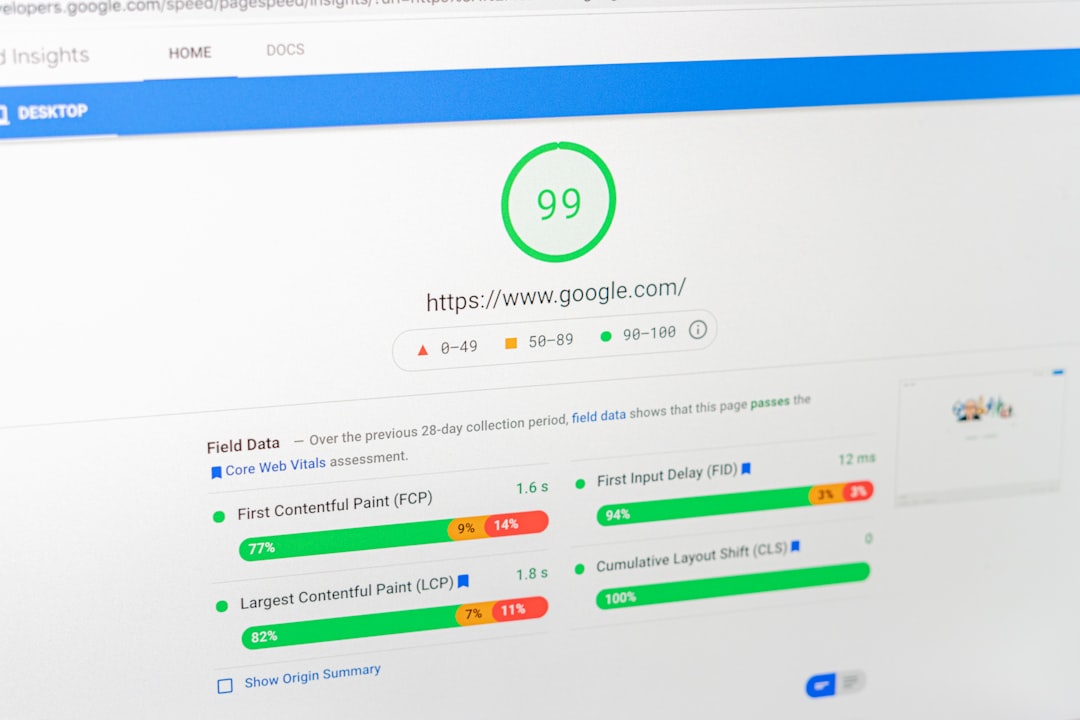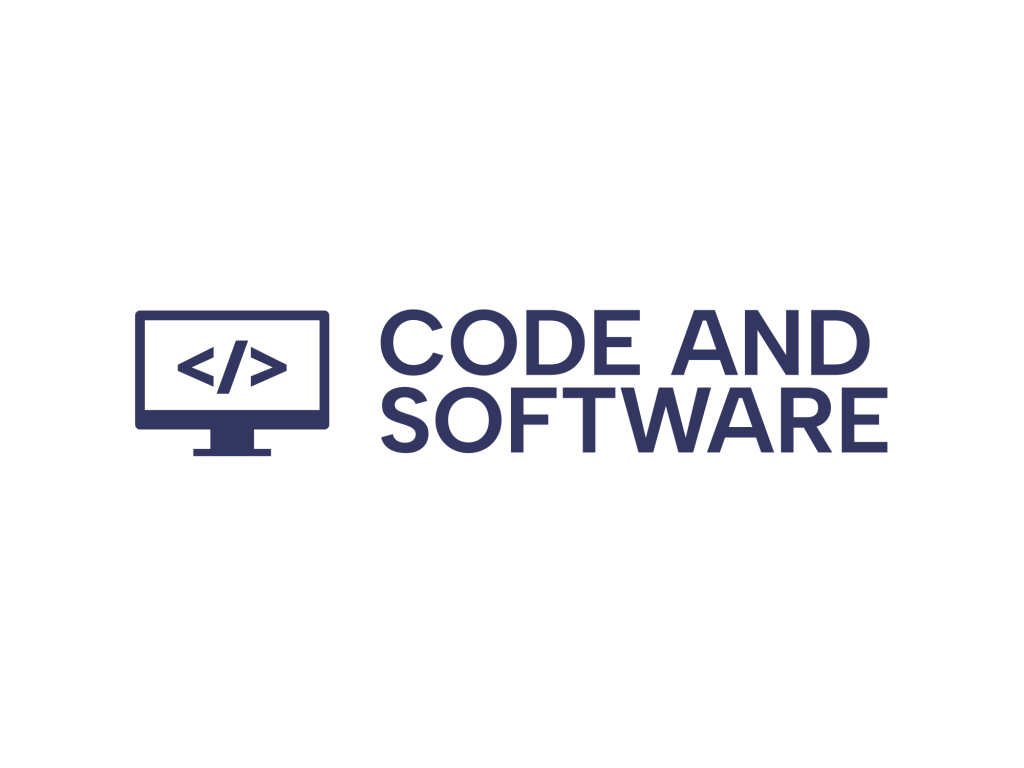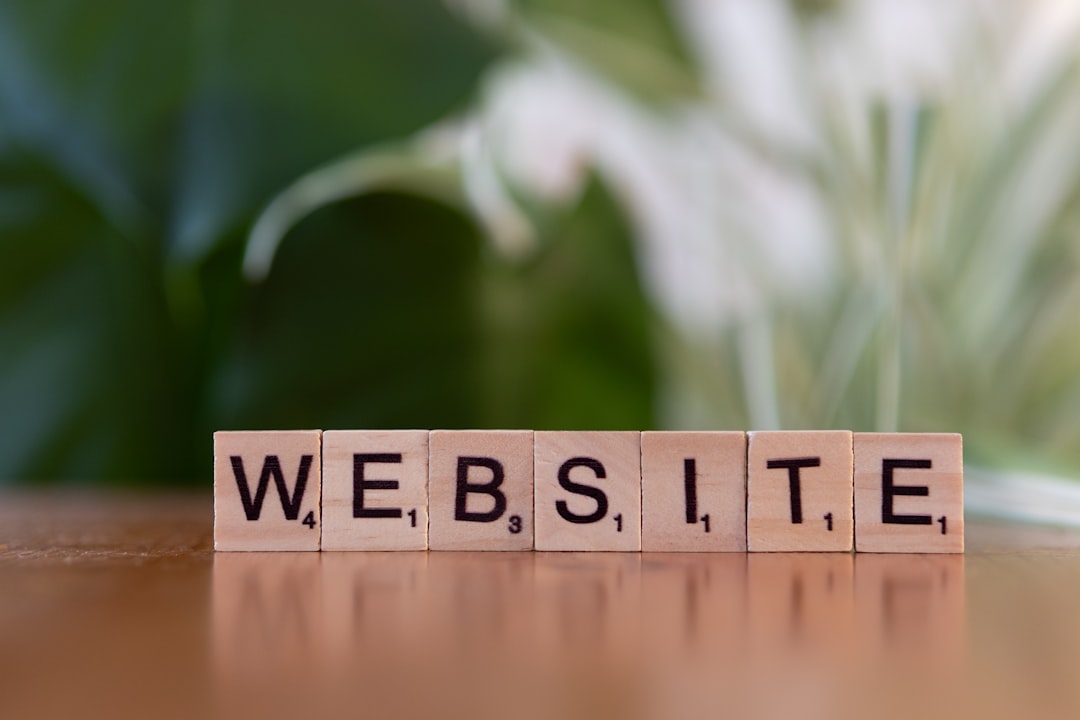In today’s digital age, a website must perform reliably across a wide range of devices and browsers. Ensuring compatibility is essential not only for enhancing user experience but also for maintaining brand credibility and improving search engine rankings. A professional WordPress maintenance company plays a crucial role in making sure that a website looks and functions seamlessly—whether it’s accessed on a smartphone, tablet, or desktop, and whether the user is browsing with Chrome, Firefox, Safari, or another browser.
Thorough Cross-Browser Testing
One of the key strategies used by WordPress maintenance companies is cross-browser testing. This involves checking the website’s layout, functionalities, and overall performance on different web browsers and their various versions. Since browsers interpret code differently, what works perfectly on Chrome might appear broken on Internet Explorer or Safari.
- Manual Testing: Technicians examine the front-end design and user interface on several browsers to catch any inconsistencies or layout anomalies.
- Automated Tools: Tools like BrowserStack, CrossBrowserTesting, and LambdaTest are often employed to simulate website behavior across numerous platforms and devices.
This comprehensive approach ensures that shortcomings are identified and fixed proactively, before they impact end users.

Responsive Design Validation
Another vital aspect of compatibility is ensuring a responsive design that adapts to different screen sizes and resolutions. A WordPress maintenance company will consistently monitor and update the site’s CSS, media queries, and layout structures to support devices including smartphones, tablets, and widescreen desktops.
Key Practices Include:
- Fluid Grid Layouts: Ensuring the use of percentage-based columns so content can scale with screen size.
- Flexible Media: Adjusting images and videos using CSS to prevent them from overflowing their containers.
- Breakpoints Testing: Testing key resolution points to confirm consistency in appearance and functionality.
By applying these methodologies, a maintenance provider ensures a uniform experience regardless of the user’s device or viewing environment.
Image not found in postmeta
Regular Theme and Plugin Updates
The WordPress ecosystem relies heavily on themes and plugins, and their frequent updates can often impact compatibility. A WordPress maintenance company ensures that all active components on a site are updated safely and tested rigorously before deployment.
Steps typically involved:
- Creating a staging environment to test updates without affecting the live site.
- Analyzing changelogs for plugins and themes to anticipate potential compatibility issues.
- Performing functional tests post-update to ensure components still function seamlessly together.
This diligent process reduces the risk of updates breaking the site’s layout or functionality, ensuring smooth user experiences across platforms.
JavaScript and CSS Optimization
Scripts and stylesheets have different behavior depending on the browser’s rendering engine. Poorly optimized scripts can introduce rendering glitches, slow loading times, or even prevent content from being displayed correctly on certain devices. Maintenance providers routinely refine and minify these resources to avoid such issues.
Experts may also use techniques such as:
- Conditional Comments: Specific instructions aimed at older browsers like Internet Explorer to handle compatibility issues.
- Vendor Prefixing: Adding browser-specific prefixes (like -webkit-, -moz-) to CSS properties to ensure broader support.
These small but significant changes go a long way in bolstering cross-browser and cross-device reliability.
User Feedback and Analytics Tracking
Live user behavior also provides valuable insights into compatibility performance. Through tools like Google Analytics and Hotjar, a WordPress maintenance company can identify devices or browsers where performance metrics lag or where bounce rates are unusually high.
These analytics help to:
- Isolate performance issues tied to specific environments.
- Fine-tune design and functionality based on real-world usage patterns.
- Make data-driven decisions for future improvements and updates.
By paying attention to analytics, maintenance teams can react dynamically to evolving user needs and changing technology landscapes.
Conclusion
Ensuring website compatibility across devices and browsers is no longer optional—it’s a non-negotiable standard in a competitive online landscape. Through a combination of systematic testing, code optimization, user analytics, and strategic updates, a WordPress maintenance company delivers a universally accessible and consistent digital presence. Proactive maintenance not only minimizes downtime and user frustration but also secures the long-term success and scalability of a website.


Leave a Reply